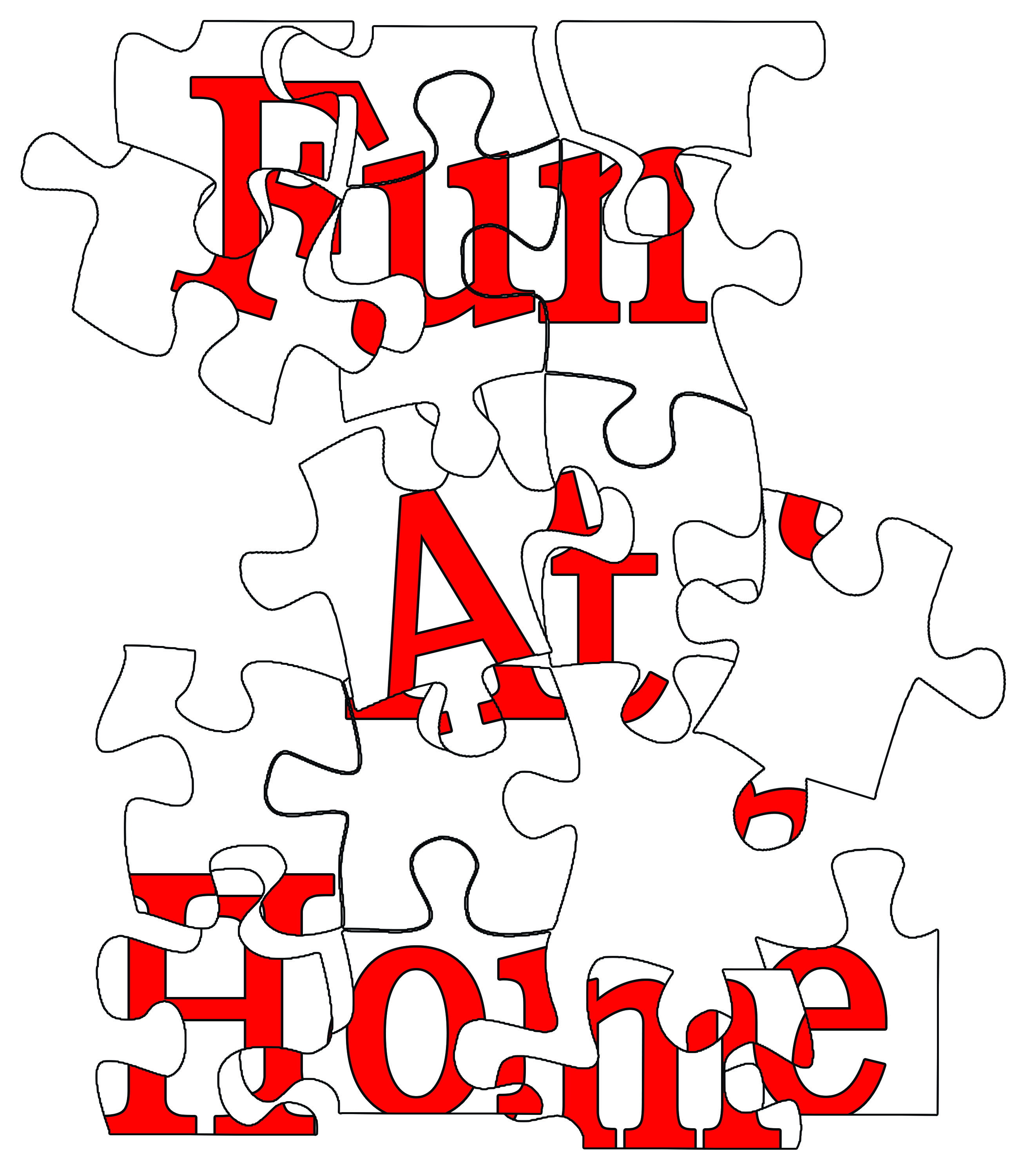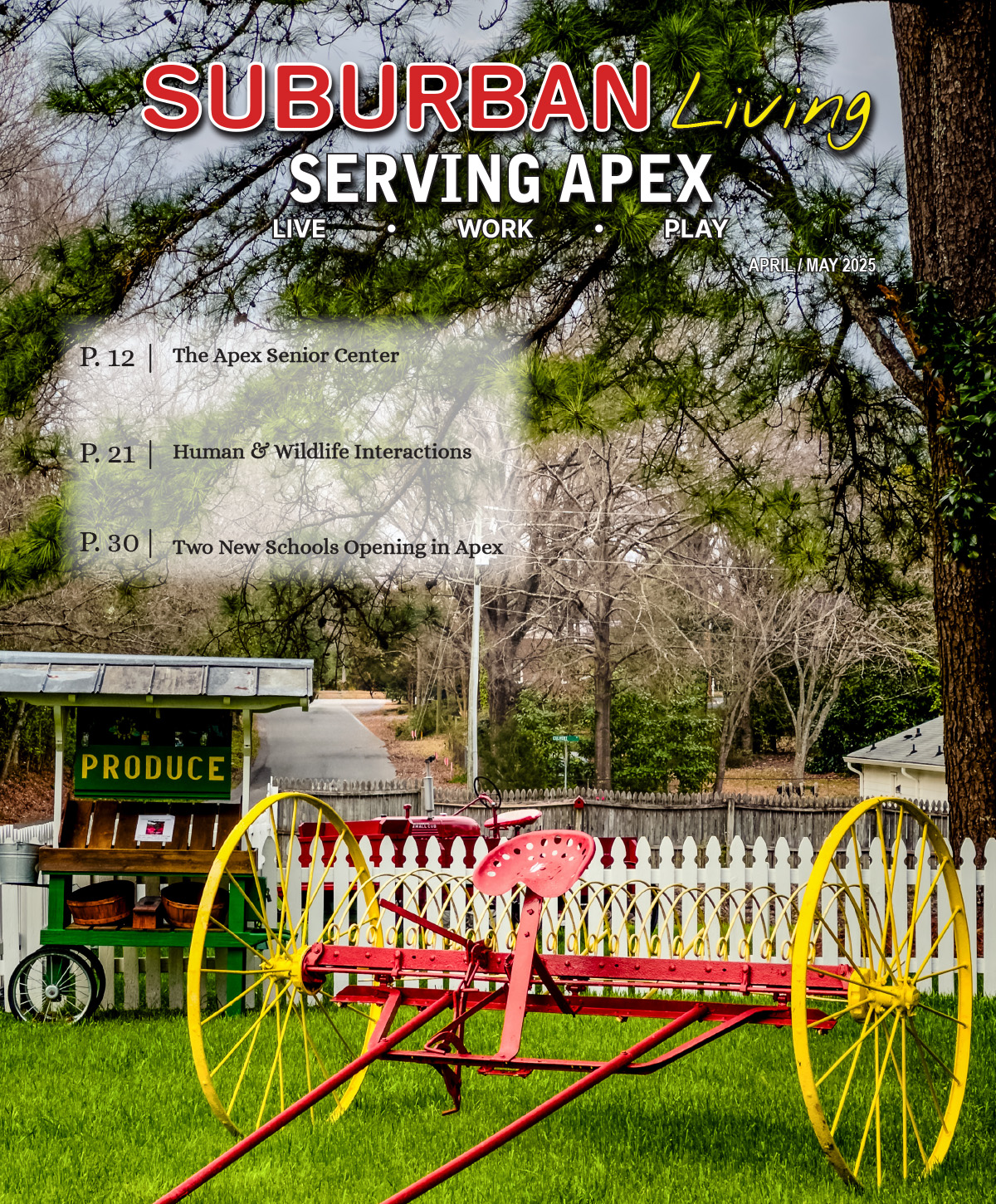Looking for a new activity to bring loved ones together this holiday season? Consider creating an escape room at home! It’s easy to create (though challenging to play), and the game will require all participants to set down their phones and other devices, which is always nice.
An escape room is a real-life adventure game; the players work together to solve puzzles and riddles. Using logic and cooperation, they’ll decode, decipher, and decrypt until the game’s over.
Creating an escape room in your house isn’t as hard as you might think. With a bit of preparation, and a few minutes of research, you can create a fun activity for kids (and parents and grandparents as well). First, you’ll want to gather your supplies. You can create a fun experience using items you have around the house: paper, pencils, scissors, and tape. In brief, you will create six puzzles, and a page containing clues (one for each puzzle). Tell the players that they’ve got to solve all six puzzles, and each one will give them a number. When they’ve solved all the puzzles, they’ll have a 6-digit code.
If you have distant friends or family, and you want to include them, they can tune in via video-chat software (Zoom, Skype, and so on), and provide ideas and suggestions along the way. Puzzle types vary wildly; in an actual escape room, you might encounter puzzles that use magnets, gravity, colors, shapes, patterns, phonetics, math, dexterity, or light. In the escape room at home, however, you can keep it simple!
Here are some examples of puzzles you might include:
Blank jigsaw puzzles. These are sold on Amazon. Most are 12 or 24 pieces, which should be a suitable challenge. Using markers or paint, create a design on the puzzle, or write a message. Either way, the answer should be a single digit. For example, you might write the words: SECOND DIGIT OF OUR STREET ADDRESS. When the puzzle is assembled, the message will be revealed to the players. To reduce the difficulty level for younger players, you can draw a border around the edge of the puzzle using four different colors (green on top, blue on the right side, and so on). This will make it easier to build the “frame” of the puzzle and fill it in. An alternative would be to simply write the message on paper or cardstock and cut it into a dozen pieces with scissors. In either case, you can make the puzzle easier by putting all the pieces together, or more challenging by putting some of the pieces in this room, with a note telling the players where to find the rest of the jigsaw puzzle. Sample clue: “Put this together to get the number!”
Music lyrics puzzle. Take a popular song, like Deck the Halls or I Have a Little Dreidel. Type its lyrics on a page but subtract certain letters here and there. When the players notice the missing letters, and write them down, a message will be revealed. (For example, “Tommy’s age.”) Sample clue: “What’s missing?”
Capital letters. Type a note consisting of one or Two paragraphs. all of the letters that sHould be capitalized are lowercase instead. a few letteRs that should be lowercase have bEen capitalized. if the players look at thE capitalized letters, they spell out a secret message. For instance, in the preceding paragraph, you can see that the capital letters spell out the word THREE! Sample clue: “Uh-oh! Looks like there are a few mistakes here!”
Sudoku. Create a Sudoku puzzle, or find one online. Highlight a single square (using a green marker, for example). When the puzzle’s been solved, that particular square will indicate the single-digit solution. Sample clue: “Each block must contain all the numbers 1-9 in its squares. Each number can only appear once in a row, column or box!”
Word unscrambling. The players must rearrange the letters in a short phrase to find an equation. For instance, the puzzle might be “TOW MITES THERE.” When unscrambled, this produces “TWO TIMES THREE.” Sample clue: “Rearrange the letters to produce an equation, then do the math!”
Phonetic puzzle. Some words sound like letters. For example, EYE SEA, if said aloud, sounds like the letter I and the letter C. Use this to create a puzzle that must be said aloud in order to be understood! For instance, “SEA OH YOU IN TEA,” sounds like C-O-U-N-T. Sample clue: “Say this out loud to hear the letters!”
After you’ve come up with six puzzles and clues, you can adjust the difficulty of the game by deciding where to put everything. If you want a quick and easy game, put everything on a table and let them at it! If, on the other hand, you need time to get something in the oven, you can add a few minutes to the game by taping the various puzzles to the walls, which will keep players moving around the room.
At the end of the game, they players can hand you their answers and you can tell them if they solved the puzzles correctly. That’s it!
Or, if you want to get more sophisticated, you can buy a box and locks! This will make it feel like a genuine escape room. Put a couple of 3-digit locks on a plastic toolbox (all available at most hardware stores) and hide some candy or other goodies inside.
If the solution to your escape room is 375829, then set one of the locks to 375, and set the other to 829. When the players finish the game, have them use the solution to open the locks.
OPTIONAL IDEAS THAT COULD BE FUN
Print the clues on multicolored paper. Make sure the paper color is light, so the text is visible.
Turn off the lights and give each player a flashlight.
Display each one in a different room, along with a description of each puzzle’s location (“It’s taped under a light switch upstairs”), which will keep the players moving from room to room. You could also hide the puzzles and write down a simple description for each page’s hiding place (“under so-and-so’s pillow,” “taped to upstairs bathroom mirror”).
Hand this article to the little ones and let them design the game! Then have the adults play while the children “supervise.”
Have fun!
Rafael Chandler is one half of Whole Brain Escape, an award-winning and locally owned escape room business based in the heart of Apex, NC. Rafael designs and builds the escape rooms, and other puzzle activities such as outdoor adventures, fundraising activities, and special celebrations! A seasoned video game developer, Rafael has written and designed stories for Sony, Sega, Ubisoft, and other game companies. He’s also the creator of the live action online game ViewScream. Find out more at wholebrainescape.com








